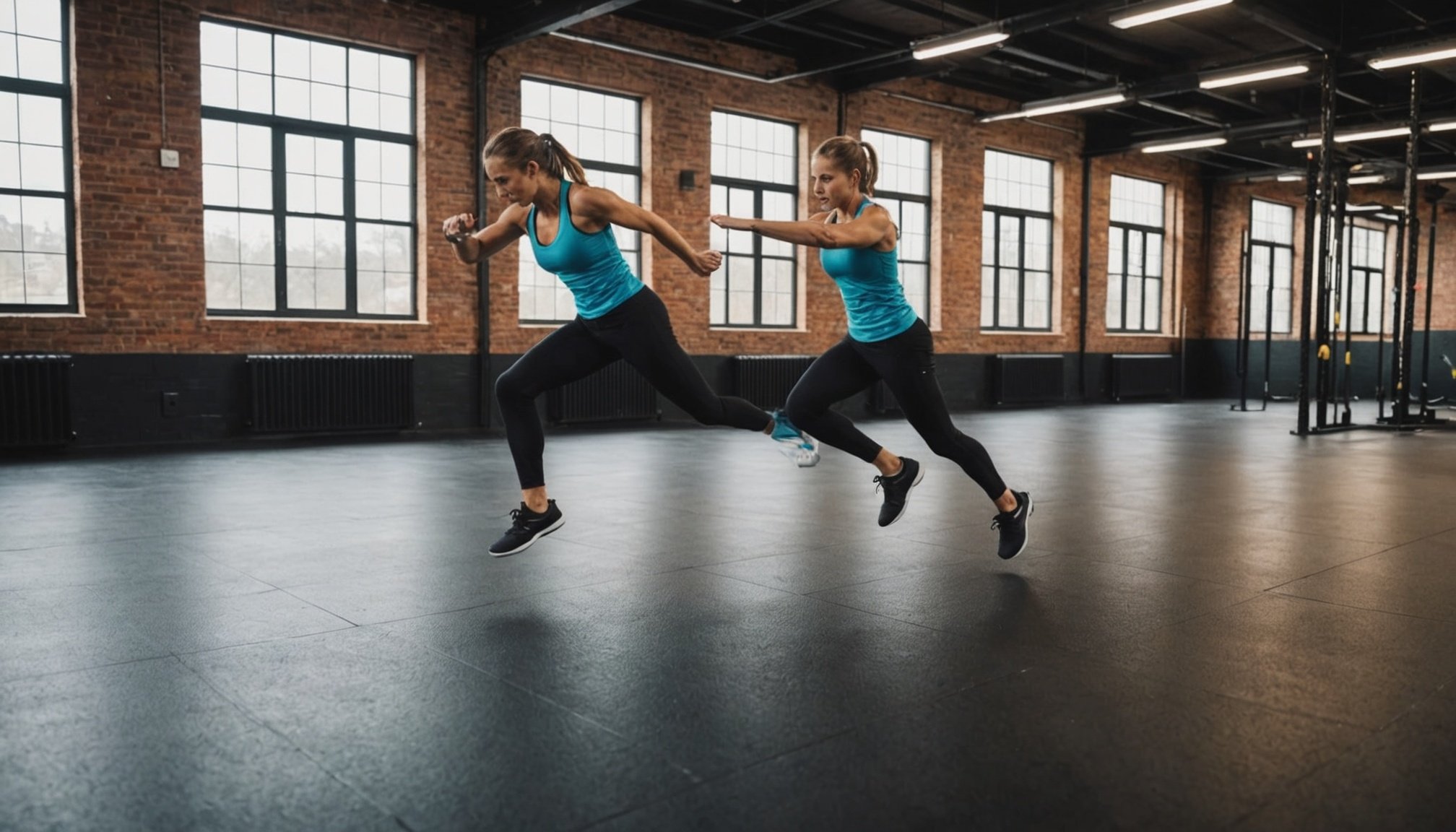In the realm of sports and training, the surface you perform your exercises on can have a considerable impact on your performance. A rise in the popularity of plyometric exercises, specifically jumps, has brought this topic to the forefront of athletic studies. As you seek to improve your power and strength, it’s crucial to understand how different flooring types can affect your performance. This article will delve into this topic, providing you with the insights gleaned from several scholarly studies, and helping you make informed decisions for your training regimen.
The Impact of Flooring on Jumping Performance
Before we dive into the specifics, it’s essential to understand why flooring matters in the first place. The surface you train on can affect the quality of your jumps, your risk of injury, and your overall performance in plyometric exercises. Moreover, different flooring types can alter the way your body reacts to the force of your jumps, leading to variations in your training outcomes.
Additional reading : How does the timing of hydration affect muscle elasticity during long workouts?
A study published on Google Scholar investigated the effects of different flooring types on vertical jump performance. The researchers divided the participants into two groups: one group performed jumps on a wooden floor, while the other group used a sand floor. The results indicated a high correlation between floor type and jump height, with the wooden floor group demonstrating significantly higher jumps than the sand floor group.
Strength Training: The Role of the Floor
When it comes to strength training, the type of floor you’re working on can also play a significant role. Not only does it impact your performance, but it also affects your safety. A wrong choice of surface could increase the risk of slips, falls, and injuries, which could hamper your training progress.
Also read : Can the integration of aquatic exercises accelerate muscle recovery in athletes?
In a study found on Crossref, the researchers examined the effects of flooring on strength training and found that rubber floors provide a stable and safe environment for such exercises. The study concluded that rubber flooring enhances grip, reducing the likelihood of slips during strength training exercises.
The Vertical Jump: An Examination of Power and Flooring
The vertical jump is a popular exercise in plyometric training, a method known for its high intensity and power-focused exercises. But how does the floor type influence the efficacy of this specific exercise?
A scholarly study published on DOI explored this question. The study examined two groups: one performed vertical jumps on a rubber floor, while the other group performed the same exercise on a grass floor. The results suggested that the rubber floor group achieved higher power output and higher jumps compared to the grass floor group, indicating that floor type indeed impacts the efficiency of the vertical jump.
Sand Training: A Closer Look
Training on sand has long been associated with increased difficulty and intensity. But how does this flooring type impact the performance of jumping exercises?
A study indexed on Google Scholar compared the effects of sand and grass flooring on jump performance. Despite the increased difficulty, the study found that sand flooring hindered the jump height, reducing the efficacy of the jumping exercises. This suggests that while sand training might increase the overall challenge, it may not be the best choice for optimizing jump performance.
Plyometric Exercises and Flooring: A Comparative Study
Plyometric exercises are known for their explosive movements, which can put a lot of stress on the athlete’s body. Therefore, the choice of floor can impact not only the exercise’s effectiveness but also the risk of injury.
In a cross-sectional study found on Crossref, the researchers compared the effects of different floor types on plyometric exercises. The results revealed that solid floors like wood and concrete resulted in better performance in plyometric exercises. However, these floors also increased the stress on the joints due to the lack of cushioning, leading to a higher risk of injury. In contrast, softer surfaces like rubber provided more cushioning, reducing the risk of joint injuries but also slightly reducing the effectiveness of the exercises.
The Influence of Flooring on Change of Direction and Sprint Performance
The ability to swiftly change direction and sprint is an integral part of many sports. As such, understanding the role of flooring in these tasks becomes paramount.
A research paper indexed on PubMed Google and published on Sports Med studied the influence of different floor types on change-of-direction and sprint performances. The study participants were divided into three groups, each performing the same tasks on different surfaces: rubber, concrete, and grass. The study found that rubber flooring enhanced the change-of-direction speed more than concrete and grass. This is theorized to be due to the superior grip that rubber provides, allowing athletes to change direction more swiftly without slipping.
In terms of sprint performance, the study found that athletes achieved the fastest speeds on concrete, with rubber and grass surfaces resulting in slightly slower times. Although concrete allowed for faster sprinting, it was also associated with a higher risk of injuries due to its hard and unforgiving nature.
Taken together, these findings suggest that while rubber and concrete surfaces may enhance certain aspects of athletic performance, they may also increase the risk of injury. This underscores the importance of considering both performance and safety when selecting a training surface.
Conclusion: Making Informed Choices for Your Training Program
The field of sports and training is complex, with many variables influencing the outcomes. Among these, the type of floor used for training has proven to be a significant factor affecting jump performance, strength cond, cond res, and sprint performance.
The studies we’ve examined in this article, many of them found on DOI PubMed, Google Scholar, and Sports Med, clearly show that there is no one-size-fits-all answer. The choice of flooring depends on the goals of the training program and the specific exercises involved. For instance, while solid floors like wood and concrete can enhance the performance in plyometric exercises and sprints, they also come with a higher risk of injury.
On the other hand, softer surfaces like rubber provide a safer environment, reducing the risk of injury and enhancing grip, but may slightly compromise the effectiveness of certain exercises. It’s also important to remember that while sand training might increase the overall challenge, it may not be the best choice for optimizing jump performance.
Therefore, athletes and their trainers need to weigh the advantages and disadvantages of each floor type and make informed decisions about their training programs. This will ensure they can maximize their performance while minimizing the risk of injury. The right balance can make a significant difference in an athlete’s training outcomes, making it crucial to consider the kind of floor used for training.











